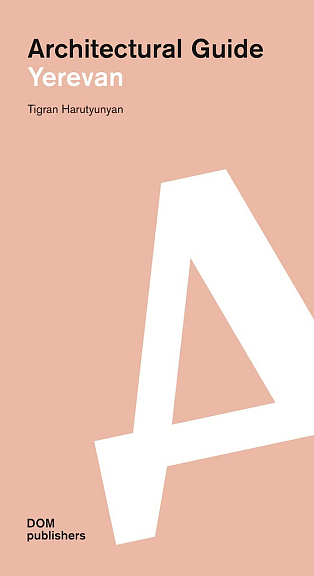-
Книги
- Нонфикшн
- Гуманитарные науки
- Деловая литература
- Естественные / Точные науки
- Книгоиздание
- Лайфстайл
- Словари / Энциклопедии
- Художественная литература
- Детектив
- Драматургия
- Классическая проза
- Мифология. Эпос
- Поэзия
- Собрания сочинений
- Современная художественная проза
- Фантастика. Фэнтези
- Биографии / Мемуары
- Графические романы / Комиксы
- Детские книги
- Воспитание. Педагогика
- Детский досуг
- О детских книгах
- Познавательная литература
- Художественная литература для детей
- Журналы / Зины
- Архитектурные
- Гуманитарные
- Журналы о моде
- Зарубежная периодика
- Искусство / Фотография
- Кино / Театр
- Лайфстайл
- Книги «Подписных изданий»
- Книги на иностранных языках
- Английский язык
- Испанский язык
- Итальянский язык
- Книги на иностранных языках для детей
- Немецкий язык
- Финский язык
- Французский язык
- Шведский язык
- Книги о кино
- Книги о музыке
- Книги о средневековье
- Книги о театре
- Книги о фотографии
- Книги об искусстве / Книги об архитектуре
- Альбомы по искусству
- Архитектура
- Декоративно-прикладное искусство
- Живопись
- Искусствоведение
- Орнаменты
- Прочее
- Танец
- Татуировка
- Творческое развитие
- Книги по философии
- Кулинарные книги
- Николай Солодников рекомендует
- Предзаказ
- Про дизайн / Про моду
- Путеводители / Книги о путешествиях
- Канцелярские товары
- Подарки
- Подарочные сертификаты
Адрес магазина: Санкт-Петербург, Литейный пр., 57
Architectural Guide Yerevan
| Автор | Tigran Harutyunyan |
|---|---|
| Издательство | DOM Publishers |
| Год издания | 2018 |
| Переплет | Мягкий |
| Страниц | 296 |
| Формат | 135x245 мм |
| Язык | Английский |
| ISBN | 978-3-86922-357-5 |
| Артикул | 1166826 |
Yerevan and Mount Ararat – which is within clear view – occupy significant places within Armenian culture, even allowing that today’s capital once lay elsewhere prior to the devastating earthquake of 1679 and also that Mount Ararat now falls within Turkish territory. Natural cata s trophes together with the genocide of 1915 are etched deeply into the identity and consequently the architecture of Armenia. This architectural guide traces the history of Yerevan on the basis of street outlines which played such a decisive role in determining how construction would develop. Armenian Constructivism, the national style, Soviet Modernism and the role of the Armenian diaspora are all themes which find expression in narrative form. An additional excursion takes the reader off to Spitak which was destroyed by an earthquake in 1988 and was supposed to be rebuilt elsewhere as the last model city of the Soviet Union. This architectural guide therefore concludes with questions about the essential nature and character of the modern Armenian city too.
Подписка на рассылку
Раз в месяц будем присылать вам обзоры книг, промокоды и всякие-разные новости


